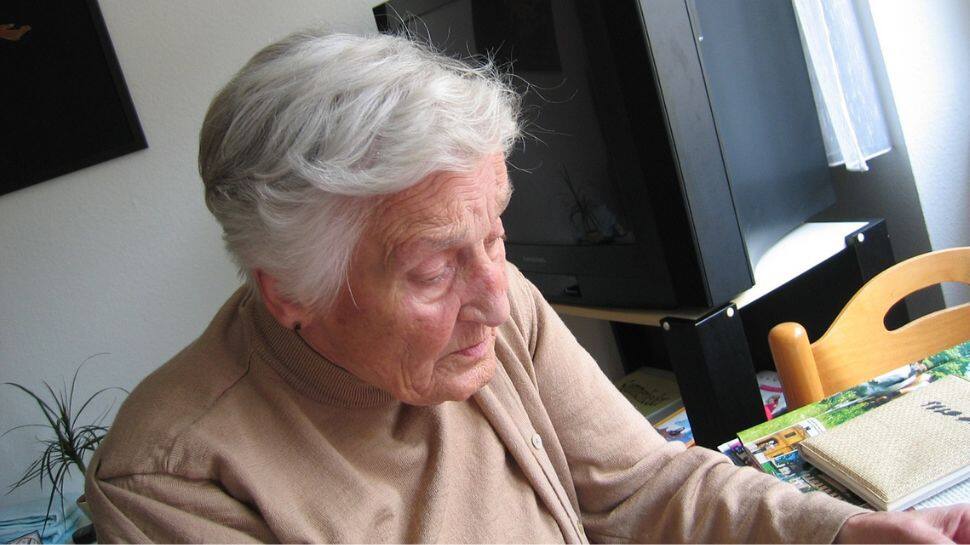It is well acknowledged that as we age, we lose muscular power and slow down, making ordinary movements like getting up, walking, and sitting more difficult. But new Edith Cowan University (ECU) research indicates this could also be a signal for another sinister health concern of ageing: Late-life dementia. To investigate the relationship between muscle function and dementia, the research teams from ECU’s Nutrition & Health Innovation Research Institute and Centre for Precision Health used data from the Perth Longitudinal Study of Ageing in Women to examine more than 1000 women with an average age of 75.
In collaboration with the University of Western Australia, the team measured the women’s grip strength and the time it took for them to rise from a chair, walk three metres, turn around, and sit back down — known as a timed-up-and-go (TUG) test. These tests were repeated after five years to monitor any loss of performance. Over the next 15 years, almost 17 per cent of women involved in the study were found to have had a dementia event, categorized as a dementia-related hospitalization or death.
The team found lower grip strength and slower TUG were significant risk factors for presenting with dementia, independent of genetic risk and lifestyle factors such as smoking, alcohol intake, and physical activity levels. The women with the weakest grip strength were found to be more than twice as likely to have a late-life dementia event than the strongest individuals.
A similar relationship emerged between TUG performance and dementia, with the slowest in their TUG test more than twice as likely to experience dementia than the quickest. When researchers looked at the changes in grip strength and TUG test results after five years, a decrease in performance was also linked with greater dementia risk. Those who had experienced the biggest decline in grip strength and TUG speed were approximately 2 and 2.5 times more likely, respectively, to have had a dementia event, compared to those in the group who recorded the smallest decline in performance. Women with the biggest drop in TUG performance were found to be over four times more likely to have a dementia-related death than the fastest.
An Early Warning
Senior researcher Dr Marc Sim said grip strength, which can be easily measured using a handheld device known as a dynamometer, may be a measure of brain health due to the overlapping nature of cognitive and motor decline.”Possibly due to a range of underlying similarities, grip strength may also present as a surrogate measure of cardiovascular disease, inflammation, and frailty, which are known risk factors for dementia,” Dr Sim said.
Dr Sim said the findings from the study could help health professionals to identify dementia risk in patients earlier.”Both grip strength and TUG tests aren`t commonly performed in clinical practice, but both are inexpensive and simple screening tools,” he said. “Incorporating muscle function tests as part of dementia screening could be useful to identify high-risk individuals, who might then benefit from primary prevention programs aimed at preventing the onset of the condition such as a healthy diet and a physically active lifestyle. The exciting findings were that decline in these measures was associated with substantially higher risk, suggesting that if we can halt this decline, we may be able to prevent late-life dementias. However, further research is needed in this area.”
Centre for Precision Health Director Professor Simon Laws said there has been encouraging progress in identifying early warning signs of dementia.”We are now starting to see a number of simple yet indicative screening assessments that could be combined with other biological and clinical measures to provide a holistic risk profile for individuals presenting to their GP with, for example, memory concerns,” he said.`Impaired muscle function, including its decline, is related to greater long-term late-life dementia risk in older women was published in the Journal of Cachexia, Sarcopenia, and Muscle.















































